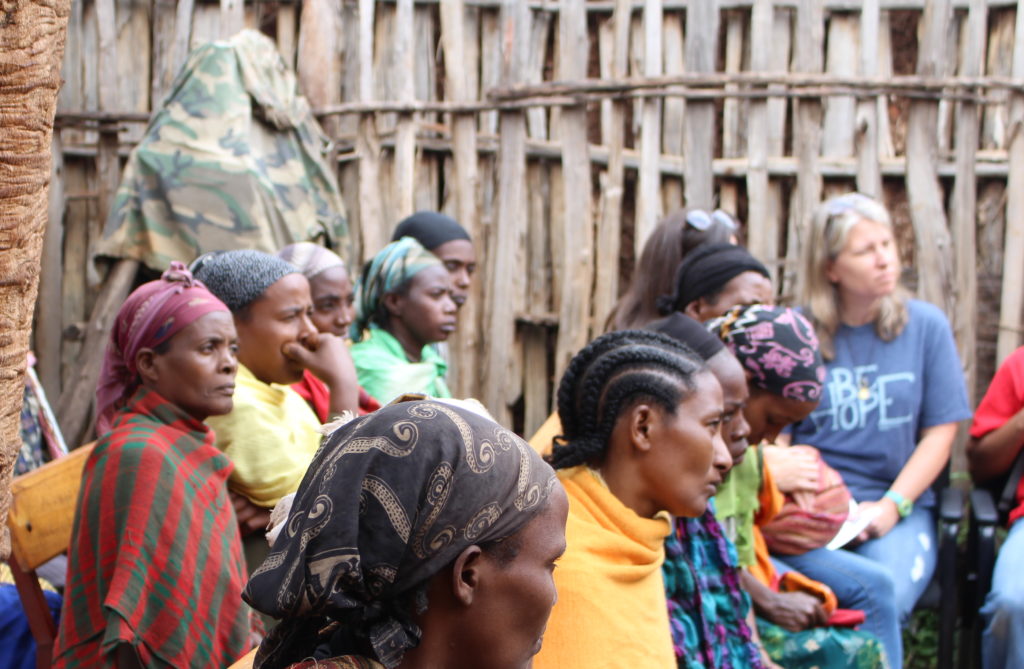
One of the huge privileges during the July 2016 trip was being able to spend time with a group of people in Darra that were afflicted with Mossy Foot. Greg and the March team met some of the families earlier while setting up the new sponsorship program in that area.
When they discovered a couple of the families who suffered from it, they told the local government staff that Hawassa Hope could provide training in prevention and care and supplies to treat. (We are so thankful for the knowledge that Soddo Christian Hospital gave to us in this area!) The local government staff was very excited to hear this and asked if we could come back and provide training and that they would set it up.
Podoconiosis (endemic non-filarial elephantiasis, also known as mossy foot) is a non-communicable disease now found exclusively in the tropics, caused by the conjunction of environmental, genetic, and economic factors. Silicate particles formed by the disintegration of lava in areas of high altitude (over 1,000 m) and seasonal rainfall (over 1,000 mm per annum) penetrate the skin of barefoot subsistence farmers, and in susceptible individuals cause lymphatic blockage and subsequent elephantiasis [1]. Although an estimated one million Ethiopians (of a total population of 77 million) are afflicted with podoconiosis [2], which creates a huge economic burden in endemic areas [3], no national policy has yet been developed to control or prevent the condition, and most affected communities remain unaware of treatment options. (from https://www.ncbi.nlm.nih.gov/pmc/articles/PMC2682702/)
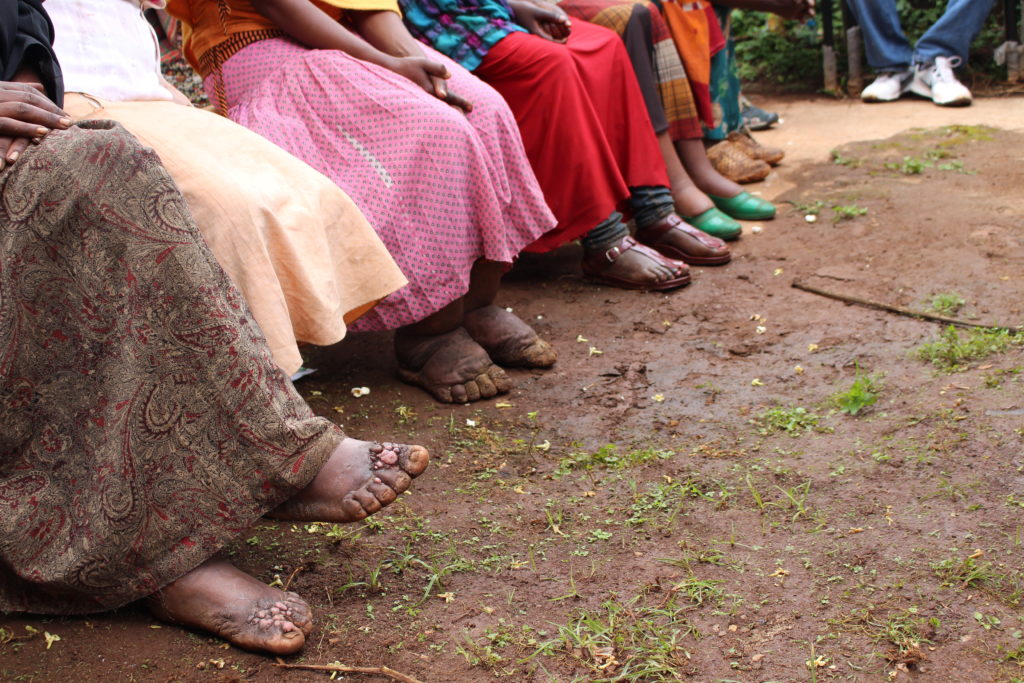
There is much shame and stigma associated with Mossy Foot. One story is of Marta, who had quit school and wouldn’t even show us her feet, though her mom begged her. She couldn’t even look us in the eye. There was a remarkable difference when we returned a few months later and she had tennis shoes on, smiling and jumping rope! She still has quite a ways to go, but this simple treatment has already made a huge difference in her life.
The local government officials chose 5 people from 5 different kebeles who were afflicted with this. They were there waiting for us and the team was greeted with coffee and other treats. The local officers here were so wonderful to work with and so pleasant– a joy to be around.

We taught what exactly Mossy Foot was and that it was in no way a curse to them. We shared this point over and over as this is something that is believed.
The reaction from the group confirmed this. I also apologized for any ill treatment that they had received from anyone over this and emphasized that it was something physical (and showed pictures of it) that caused this–not a curse. We also asked that they share the knowledge they received today with the people they knew to help spread the word.
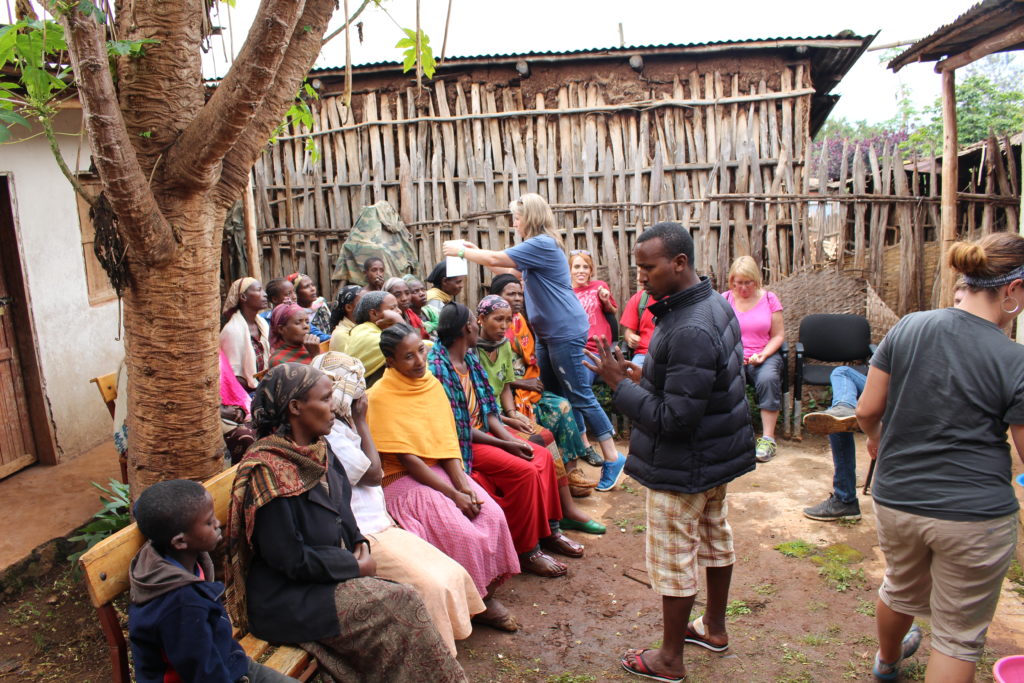
One exciting thing was that one lady stood up and shared that she knew this worked because it had worked for her (she had stopped when she got pregnant because the bleach made her sick) and told the families to be persistent and diligent in the work. She was very serious and to have her offer real life experience helped people to understand and believe in the treatment so much more.
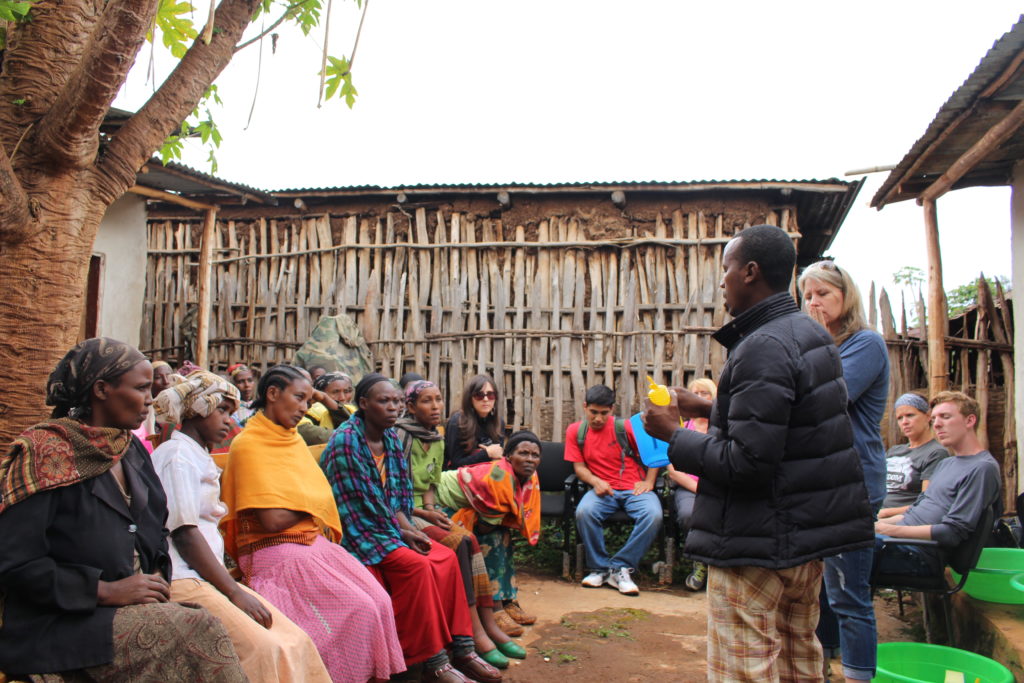
We shared how to prevent and how to treat and handed out as closed toed shoes and supplies for treatment (tubs, bleach and brushes) Several of the people’s feet were too swollen for the shoes and we are working to get specific shoes made for them.
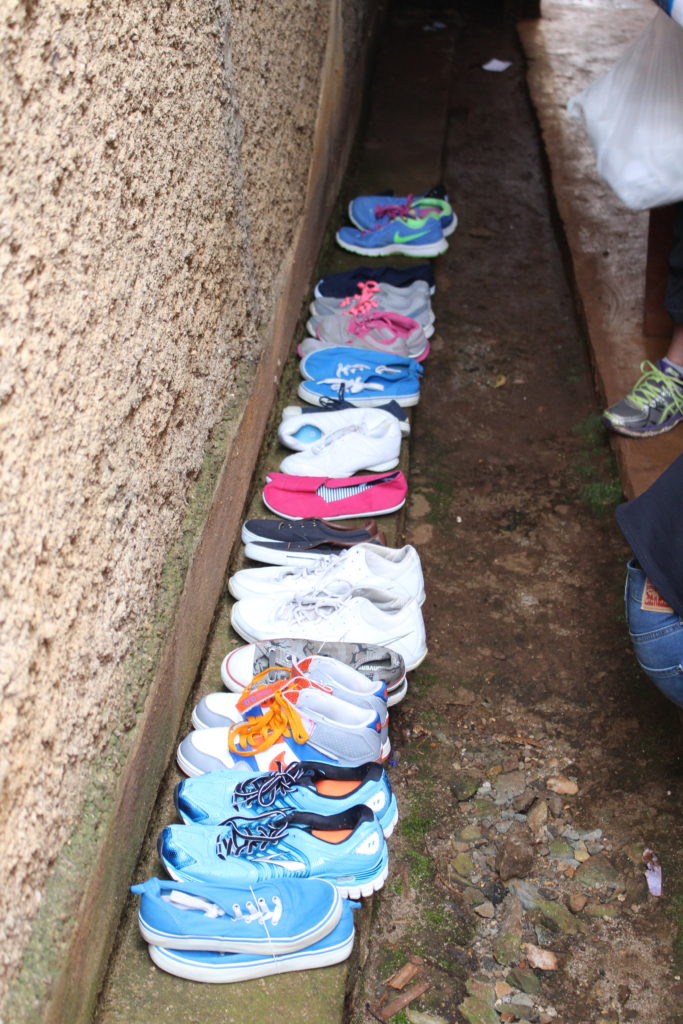
The team prayed with them before we left and I am very excited to see the change in their feet when we get there next time.
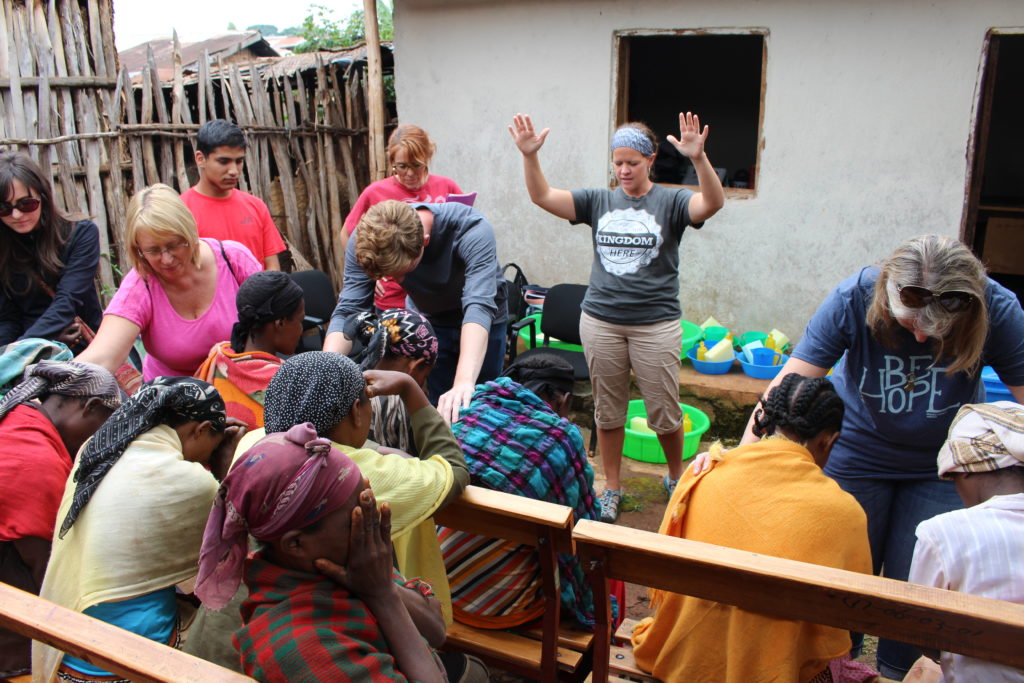
We would love to have you partner with us in our Mossy Foot Initiative so that we can provide more trainings, supplies and shoes!
All funds go to provide the items necessary to treat and closed toed shoes!
DONATE ADVOCATE
